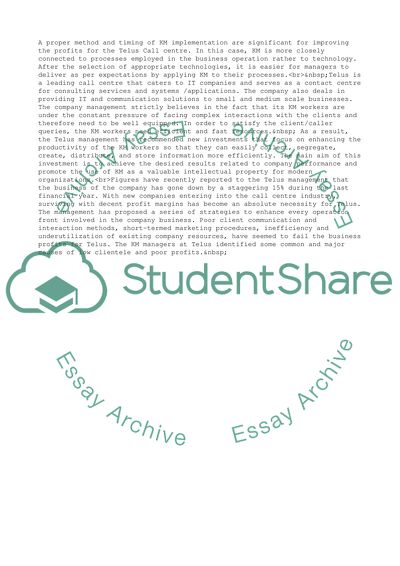Cite this document
(Increasing Customer Satisfaction through Km Systems Case Study, n.d.)
Increasing Customer Satisfaction through Km Systems Case Study. Retrieved from https://studentshare.org/management/1745148-personal-knowledge-manegament-plan
Increasing Customer Satisfaction through Km Systems Case Study. Retrieved from https://studentshare.org/management/1745148-personal-knowledge-manegament-plan
(Increasing Customer Satisfaction through Km Systems Case Study)
Increasing Customer Satisfaction through Km Systems Case Study. https://studentshare.org/management/1745148-personal-knowledge-manegament-plan.
Increasing Customer Satisfaction through Km Systems Case Study. https://studentshare.org/management/1745148-personal-knowledge-manegament-plan.
“Increasing Customer Satisfaction through Km Systems Case Study”, n.d. https://studentshare.org/management/1745148-personal-knowledge-manegament-plan.


